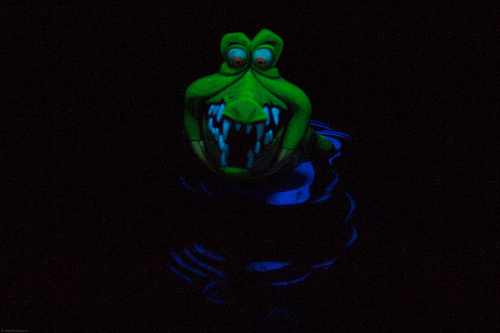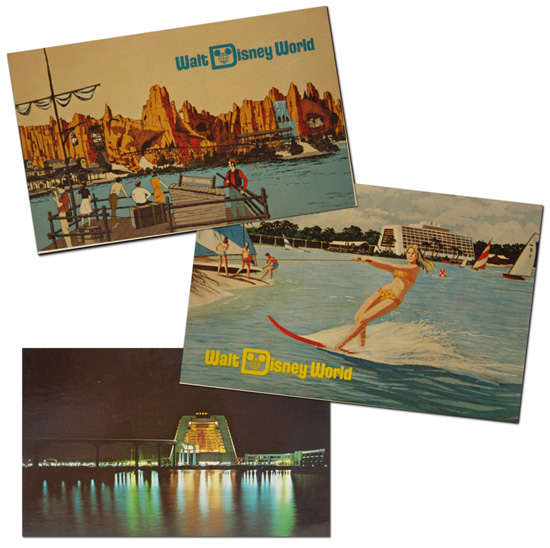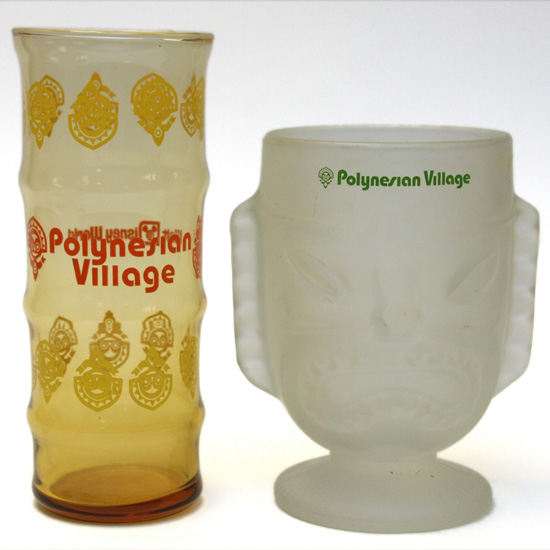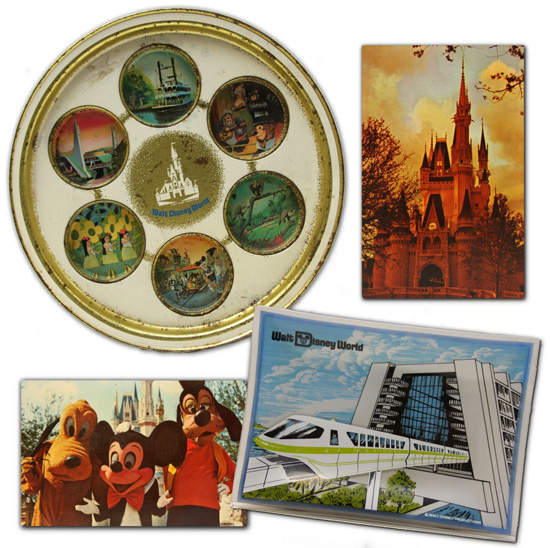Q: What were the original names chosen for the seven dwarfs?
Vicky, Ontario, California
A
[Dave Smith]: In 1934, the names first selected were Wheezy, Jumpy, Baldy, Grumpy, Doc, Happy and Sleepy. Four of those names were retained. Dozens of other names were suggested, with a few being Hickey, Sniffy, Stuffy, Burpy, Tubby, Shorty and Dizzy.
[More to Know About Snow White by Marcio Disney]
Deafy is a happy sort of fellow - he always tries to make clever remarks, but he misinterprets other people's attitudes toward him. He feels, lots of times, that they are saying something about him, or that they have made some remarks, which they haven't at all - he takes exception to the most ridiculous things. Throughout the picture Deafy and Grumpy are always clashing. Deafy will pick up one word of the conversation in the early part, and whereas the conversation topic might have changed completely, he still sticks to the first thing that he heard, and in this way we hope to get some comical situations out of Deafy.
—Story draft for Snow White and the Seven Dwarfs, made in early 1936.
Differences from fairy tale
Though Disney's Snow White and the Seven Dwarfs is similar to the fairy tale version, there are several differences. In the fairy tale, Snow White's mother wishes for a child with "lips as red as blood, hair as dark as the window frame, and skin as white as snow". This does not occur in the film, as Disney's Snow White is shown with only her stepmother, the Queen, and there is no scene of her biological mother.
In the fairy tale, Snow White accepts three gifts from the witch (a girdle, a poisoned comb, and the apple), but is rescued from the first two gifts by the dwarfs. When she is offered the apple, she is unwilling to eat it and only accepts after the witch takes a bite of the apple that is not poisoned. However, in the film, Snow White only accepts one gift (the apple) from the witch after she helps the witch inside the dwarfs' house (some of the woodland birds attacked the witch as a warning, which was misinterpreted by Snow White). She bites the apple after being told that the apple is magical and that one bite will make all of her dreams come true (namely marrying the Prince).
In the fairy tale, Snow White is not awakened by the prince's kiss. Instead, the prince buys the coffin and Snow White's body from the dwarfs and has it carried with him towards his castle. During the journey, a piece of apple in Snow White's throat becomes dislodged and she awakens.
Lastly, in the fairy tale, Snow White faces her stepmother one final time after eating the poisoned apple. The stepmother attends the wedding of Snow White and the prince, but she is stopped from causing further harm by being forced to wear hot iron shoes to her death. In the film, the stepmother (as the witch) is chased up to the top of a mountain by the dwarfs after giving Snow White the poisoned apple: when she tries to dislodge a boulder onto the dwarfs to kill them, lightning strikes the edge she is standing on and she falls to her death, along with the boulder falling and presumably crushing her.
Wikipedia
Snow White and the Seven Dwarfs is a 1937 American animated film based on Snow White, a fairy tale by the Brothers Grimm. It was the first full-length cel-animated feature in motion picture history, as well as the first animated feature film produced in America, the first produced in full color, the first to be produced by Walt Disney, and the first in the Walt Disney Animated Classics canon.[3]
Snow White and the Seven Dwarfs premiered at the Carthay Circle Theatre on December 21, 1937, and the film was released to theaters by RKO Radio Pictures on February 4, 1938. The story was adapted by storyboard artists Dorothy Ann Blank, Richard Creedon, Merrill De Maris, Otto Englander, Earl Hurd, Dick Rickard, Ted Sears and Webb Smith from the German fairy tale Snow White by the Brothers Grimm. David Hand was the supervising director, while William Cottrell, Wilfred Jackson, Larry Morey, Perce Pearce, and Ben Sharpsteen directed the film's individual sequences.
Snow White and the Seven Dwarfs was one of only two animated films to rank in the American Film Institute's list of the 100 greatest American films of all time in 1997 (the other being Disney's Fantasia), ranking number 49. It achieved a higher ranking (#34) in the list's 2007 update, this time being the only traditionally animated film on the list. The following year AFI would name the film as the greatest American animated film of all time and the best ever Walt Disney Animated Classics movie.
In 1989, the film was added to the United States National Film Registry as being deemed "culturally, historically, or aesthetically significant".
The names of the Seven Dwarfs (Bashful, Doc, Dopey, Grumpy, Happy, Sleepy and Sneezy) were created for this production, chosen from a pool of about fifty potentials. The one name Disney always had in mind from the start was Grumpy, or something similar. Blabby, Jumpy, Shifty, and Snoopy were among those that were rejected, along with Awful, Baldy, Biggo-Ego, Biggy, Biggy-Wiggy, Burpy, Busy, Chesty, Cranky, Daffy, Dippy, Dirty, Dizzy, Doleful, Flabby, Gabby, Gloomy, Goopy, Graceful, Helpful, Hoppy, Hotsy, Hungrey, Jaunty, Lazy, Neurtsy, Nifty, Puffy, Sappy, Sneezy-Wheezy, Sniffy, Scrappy, Silly, Soulful, Strutty, Stuffy, Sleazy, Tearful, Thrifty, Tipsy, Titsy, Tubby, Weepy, Wistful, and Woeful.
It was called "Disney's Folly." Who on earth would want to sit still for 90 minutes to watch an animated cartoon? And why pick a well-worn Grimm's Fairy Tale that every schoolkid knows? But Walt Disney seemed to thrive on projects which a lesser man might have written off as "stupid" or "impossible". Investing three years, $1,500,000, and the combined talents of 570 artists into Snow White and the Seven Dwarfs, Disney produced a film that was not only acknowledged a classic from the outset, but also earned 8,500,000 depression-era dollars in gross rentals. Bypassing early temptations to transform the heroine Snow White into a plump Betty Boop type or a woebegone ZaSu Pitts lookalike, the Disney staffers wisely made radical differentiations between the "straight" and "funny" characters in the story. Thus, Snow White and Prince Charming moved and were drawn realistically, while the Seven Dwarfs were rendered in the rounded, caricatured manner of Disney's short-subject characters. In this way, the serious elements of the story could be propelled forward in a believable enough manner to grab the adult viewers, while the dwarfs provided enough comic and musical hijinks to keep the kids happy. It is a tribute to the genius of the Disney formula that the dramatic and comic elements were strong enough to please both demographic groups. Like any showman, Disney knew the value of genuine horror in maintaining audience interest: accordingly, the Wicked Queen, whose jealousy of Snow White's beauty motivates the story, is a thoroughly fearsome creature even before she transforms herself into an ancient crone. Best of all, Snow White clicks in the three areas in which Disney had always proven superiority over his rivals: Solid story values (any sequence that threatened to slow down the plotline was ruthlessly jettisoned, no matter how much time and money had been spent), vivid etched characterizations (it would have been easier to have all the Dwarfs walk, talk and act alike: thank heaven that Disney never opted for "easy"), and instantly memorable songs (Frank Churchill, Leigh Harline, Paul J. Smith and the entire studio music department was Oscar-nominated for such standards-to-be as "Whistle While You Work" and "Some Day My Prince Will Come")





































